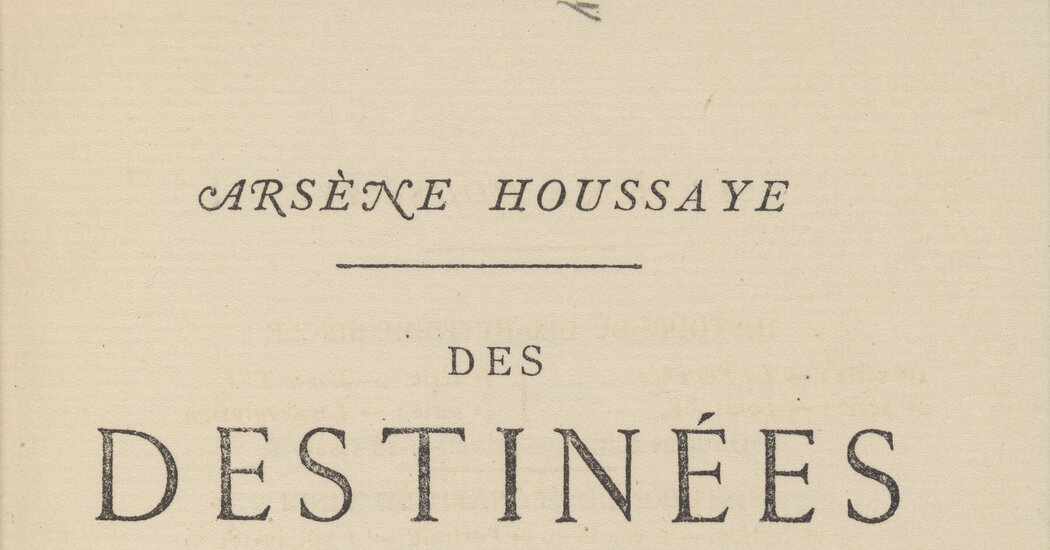The decision to find a “respectful final disposition” for human remains used for a 19th-century book comes amid growing scrutiny of their presence in museum collections.
Of the roughly 20 million books in Harvard University’s libraries, one has long exerted a unique dark fascination, not for its contents, but for the material it was reputedly bound in: human skin.
For years, the volume — a 19th-century French treatise on the human soul — was brought out for show and tell, and sometimes, according to library lore, used to haze new employees. In 2014, the university drew jokey news coverage around the world with the announcement that it had used new technology to confirm that the binding was in fact human skin.
But on Wednesday, after years of criticism and debate, the university announced that it had removed the binding and would be exploring options for “a final respectful disposition of these human remains.”



Maybe the difference is that one is a one-of-a-kind medical oddity that was used for research and education and is a fixture in the fields of neurology and psychology, and the other is used for shock value and hazing rituals?
Was Gage’s skull uses for educational purposes that couldn’t be gotten from the information when he was still alive? And was that worth keeping it for well over a century?
Well, when he was alive, he was still using it. That does kinda put a damper on things, from an educational point of view.
Honestly, yes. At this point in time, Phineas Gage’s skull and the knowledge gleaned from the study of it has been used to educate thousands upon thousands of people, and then each of those multitudes of educated people went on to improve the lives of thousands and thousands of people. That’s pretty damn good for one single cadaver.
What would they learn from the actual skull that they couldn’t learn from a copy?
For one, veracity. There are lots of unsubstantiated claims similar to this one, just look at the National Enquirer if you’d like an example. This one is real, with verifiable proof, meaning we can use it as a foundation to build more knowledge on top of. Seeing as there is no moral or ethical way to remove someone’s left frontal lobe as a science experiment, it is as close to a case study as we are ever likely to get.
It’s already been verified. So it can be copied. What would the original achieve that a copy would not?
Lots of things were “verified” in 1860. Shit, washing your hands before surgery wasn’t even a common medical practice until the 1870s. The whole point of keeping the original is so that it can stand up to the rigors of modern science and technology.
Technology and knowledge in 150 years will make today’s science seem sincere but laughable, just like today’s science makes 1860 seem sincere but laughable. That’s why you must preserve scientific evidence whenever and wherever you can.
Then keep the book too. Who knows what we could learn about it 150 years from now?
The information of the book is encoded in the markings on its pages, not the molecular makeup of the binding holding the pages together. Meanwhile, it is the fact that this skull is made of bone that gives it its veracity.
Up until now you’ve been here making good faith arguments, it’d be cool if you could keep that up.